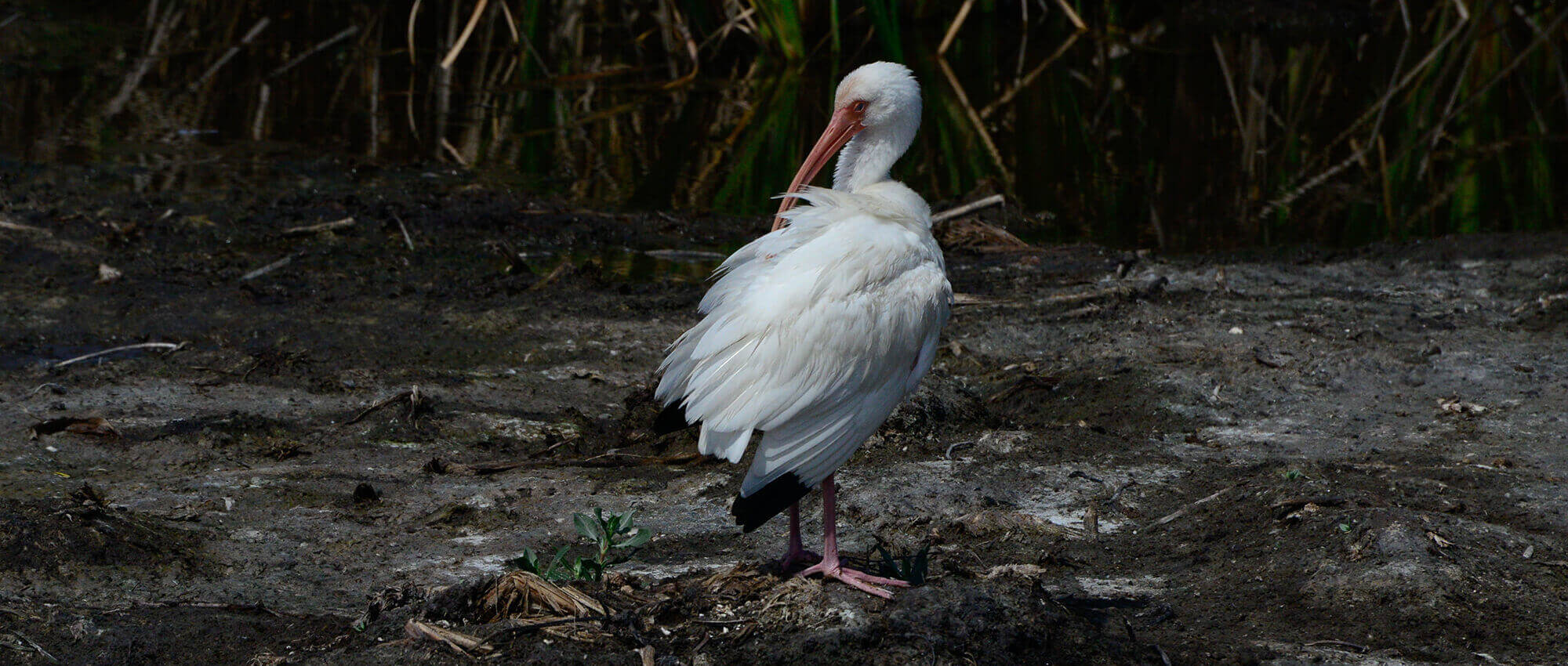
The WHITE IBIS flies in V Formation or tight flocks
los corocoros vuelan en forma de V
Eudocimus albus
This is a medium-sized wading ibis with a white plumage with black tips on the wings. It measures around 55–70 cm (22-28 in) weighs 800–1000 g (28-35 oz) and females are smaller. It has a red, long, and curved bill. It has brilliant scarlet-colored legs. Skin of the face is reddish. At breeding the half of its bill becomes almost black. Note that all egrets and herons have straight bills and ibises curved downward. Young ibises are brownish and turn white in their third year. This ibis is found in a wide variety of habitats, that includes freshwater and marine ecosystems. It is found in marsh meadows, forested wetlands, wet prairies, inundated fields, and ditches. It walks slowly in shallow water, sweeping its bill from side to side and probing at bottom to sense for small fish, crayfish, crabs, shrimps, and other small crustaceans that are captured with its long downcurved bill. This ibis is also able to forage on land, especially on much or in places with grassy vegetation. The ibis also eats insects, snails, frogs, marine worms, and small snakes. The clutch is 2 to 4 blue-green to white eggs with brown blotches. Both parents incubate the eggs for about 20-23 days. Chicks are fed by regurgitation and fly away from the nest after 6 weeks.
El Ibis blanco o Corocoro es un ave que vadea y muy social que mide entre 55 y 70 cm y con un peso aproximado a los 700 gr. Las hembras son más pequeñas. Los adultos exhiben un plumaje blanco, excepto por las puntas negras de las plumas primarias. Su iris es azul. La cabeza, pico y región facial desnudas tienen un tono rojo. Los juveniles tienen plumaje parduzco en la parte superior y estrías grisáceas evidentes en la cabeza y el cuello. Los juveniles se tornan blancos al tercer año. Habitan en ecosistemas marinos y de agua dulce. Se les encuentra en pastizales con aguas poco profundas en el campo y zonas urbanas. Cuando forrajea camina lentamente moviendo su pico lado a lado profundizando en el agua. Su largo pico curvo captura sus presas por medio de tacto. Estas presas consisten en peces pequeños, cangrejos, camarones y toda clase de crustáceos de menor peso. En tierra seca y húmeda captura lombrices, insectos y otros animales pequeños. Construye sus nido con material vegetal en forma de plataforma. Su postura consiste de 2 a 4 huevos de color blanco grisáceo, sin brillo y con manchas pardas que ambos padres incuban durante 20-23 días. Alimentan sus polluelos por regurgitación y éstos vuelan del nido a las 6 semanas.

LAM_5238

_LAM7802

_LAM3566
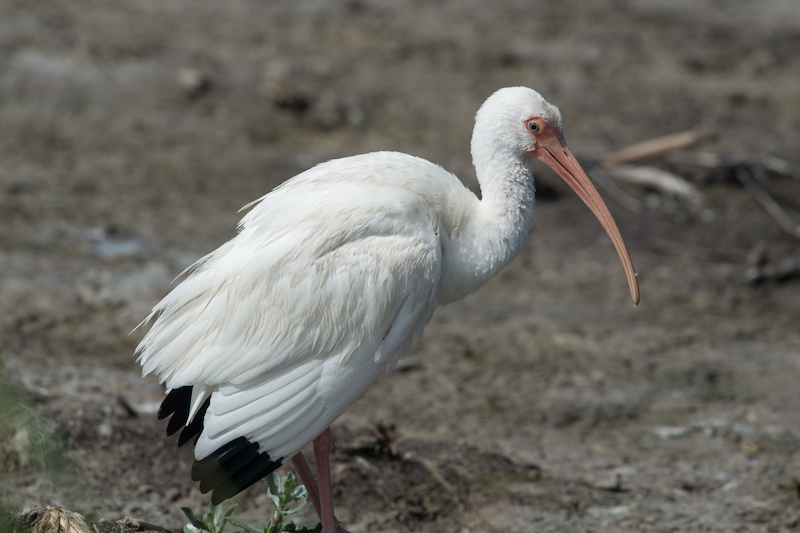
LAM_3662
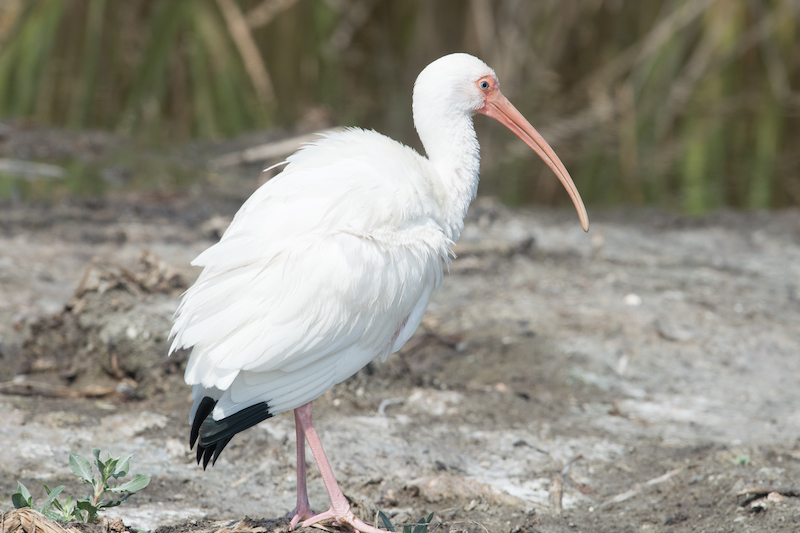
LAM_3666
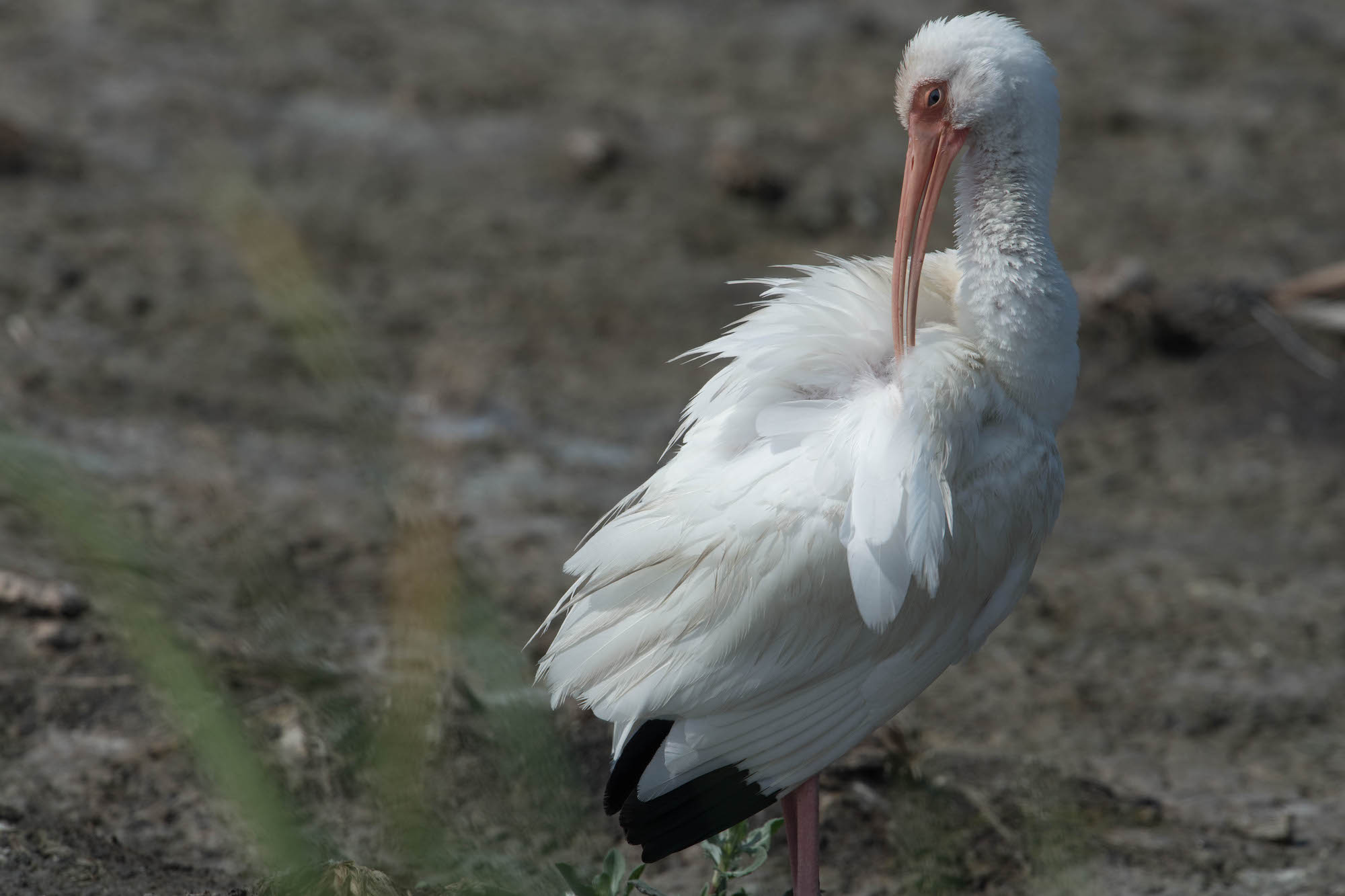
LAM_3663
